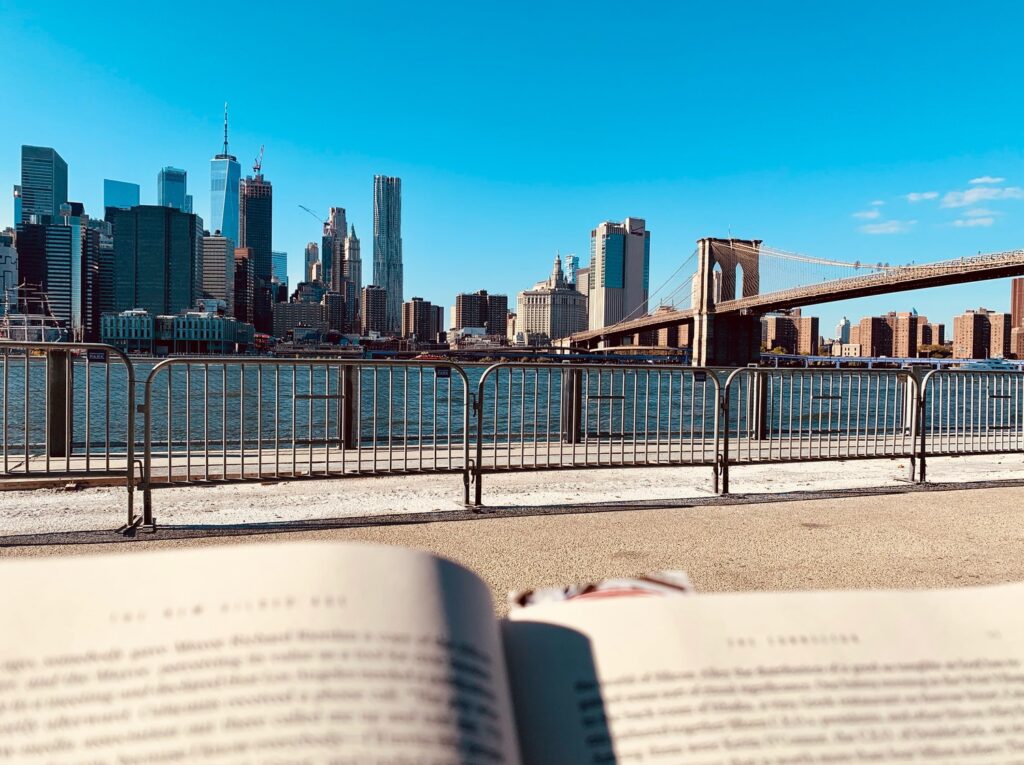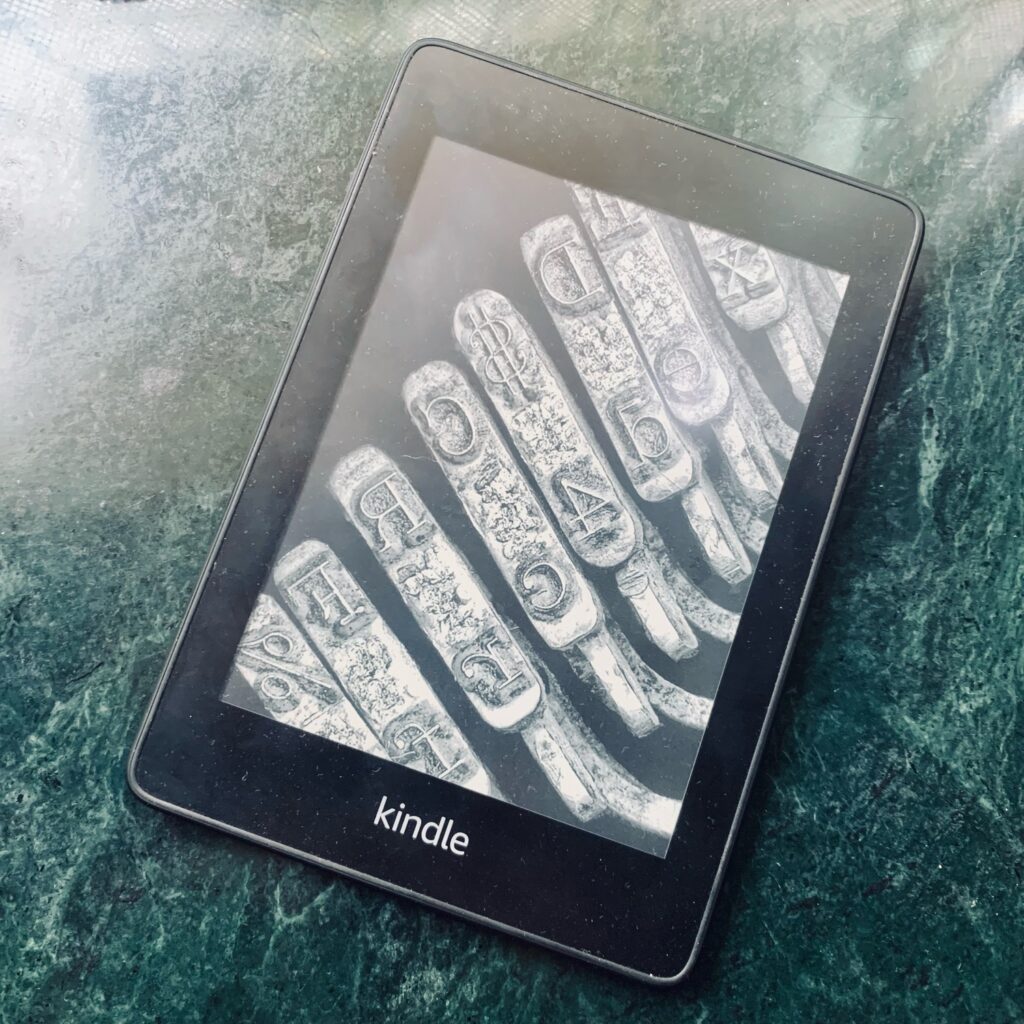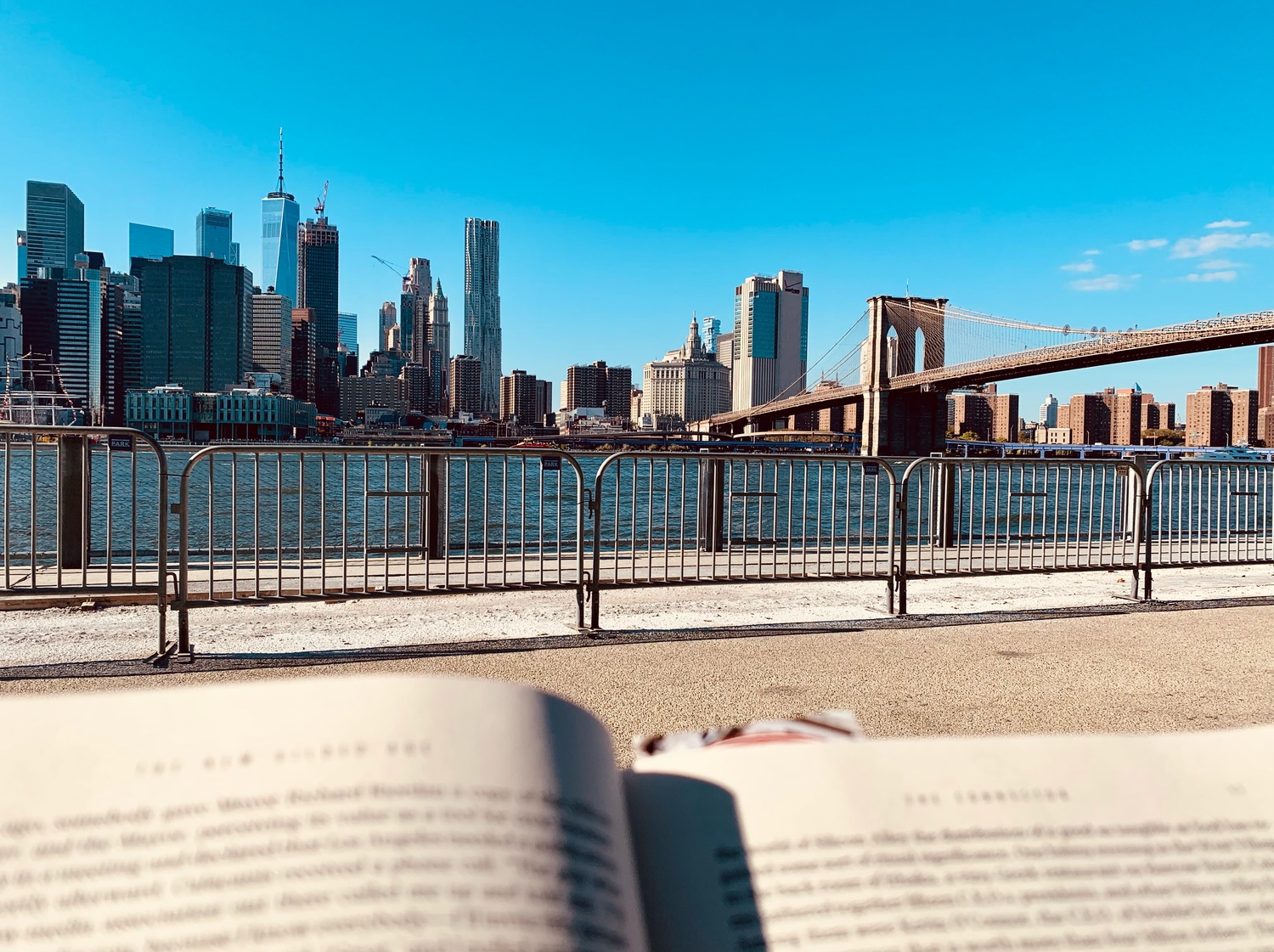This article I read a little while ago argues that people comprehend print books better than e books. It makes its case using this example:
… a 2018 experiment in which students visited a museum and looked at paintings. Some were asked simply to observe. Some were asked to take photographs. Some were asked to both take photographs and distribute them via Snapchat. The group that later remembered the paintings best comprised those who simply observed and took no photos. “The very process of taking photos,” Baron writes, “interferes with the cognitive act of viewing.”
This isn’t the same as reading on a Kindle device, which is distraction-free – as much as any paper book. Perhaps the writer means reading on iPads and phones. These are constantly connected, run many apps and interrupt your reading with notifications. In that case, the article title is misleading: “A Book You Remember, a Kindle You Forget”
Other semantics in the article like “reading” a book versus “using” a book – to contrast paper books and e books – don’t help either: a linguist quoted in the article uses these terms to compare the serendipity of finding passages when you thumb through a book with the ‘ego centric’ searching through of an e book. I could not possibly count the number of times I have simply given up looking for a passage in a paper book because it was impractical to thumb through. Or the number of times I have plodded through a story despite forgetting a detail about a character because it was too hard to look up. Search makes this possible.
Of course thumbing through a paper book, especially a collection of short stores or articles, doesn’t translate well to the e book world. In my view that’s an example of the tradeoffs we make when we move from one medium to another. (And, secondarily, the stagnation of innovation in digital publishing)
Here are more such tradeoffs, either way:
With a paper book I’m stuck with the font, size, margins, and so on – aesthetic decisions the publisher has made. I can change each of these on a Kindle to make reading convenient, because these are ergonomic decisions for me.
I highlight and revisit passages in Kindle books vastly more than with print books. That improves my recollection of parts I found significant.
There is a romance to carrying a paper book around, each of us sneaking a peek at what our fellow citizens are reading. In comparison Kindles are identical, antiseptic. Even with the recent software update that displays the title of the book on the Home Screen.

But with a Kindle you’re carrying dozens of books at once and reading several simultaneously. With the (as of this writing, latest) Kindle Paperwhite with Bluetooth you can also listen to audiobooks (I bought the 32GB one with LTE & Wifi refurbished for nearly ⅓ off).

There is also a romance to having one’s personal library in bookcases of one’s choice instead of in, say, software like Apple Books or Calibre that lives in your computer(s). Once again, you give up portability and flexibility.
Then, the social experience of lending and borrowing books does not translate well to our tightly DRM-controlled e book world today. Perhaps this will change.
I think what we lose most of all is serendipity. There’s been much written about this including in the article. We have no meaningful digital equivalent of public libraries. No bookstores that you can lounge in on benches, floors or on footstools. There is no equivalent of Bangalore’s Blossom or New York’s Strand.
Tradeoffs.

